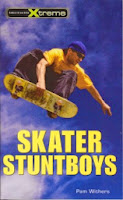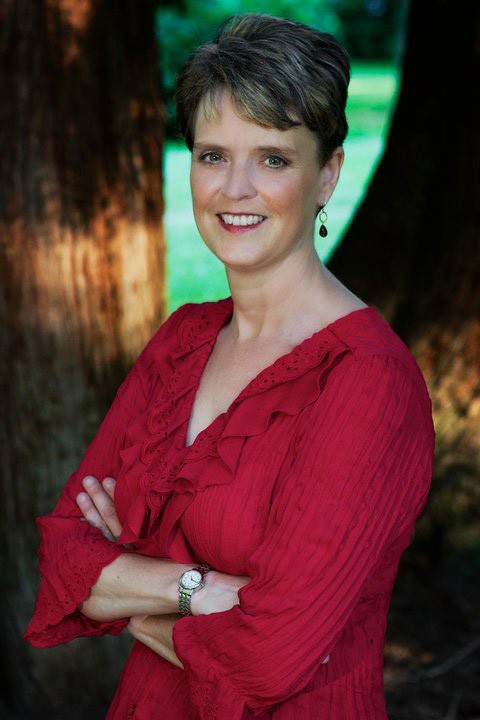It won’t surprise anyone to know I’ve never skateboarded in my life, so how did I manage to write a teen skateboard novel that skateboard superstar Tony Hawk read and liked?
I searched for and found a skateboard instructor willing to be my “consultant.” I found him on the internet; he was kind enough to reply to my email.
His name was Kevin Kelly, and he told me he’d taught more than 3,000 kids over the years, and organized more than 40 skateboard events.
I took him out to lunch and asked him a dozen questions or so, including how to build skateboard constructions. (Since my character Jake builds them, I as Jake’s author had to know how they’re built.)
When I told Kevin that one aspect of my outline’s initial plot was two groups of skateboarders that didn’t get along, he looked at me sternly and said, “All skateboarders get along. But they don’t always get along with BMX bikers.” So that’s how the BMX bikers ended up in the book. (I still don’t believe that all skateboarders get along, however. :))
After our lunch, Kevin took me underneath skateboard constructions and had me crawling around under them to show me how they were built.
Then, as I wrote each chapter, I sent him paragraphs with blanks in them for him to fill in. This involved not only names of tricks, but choreography of tricks and skateboarder jargon. (One of his suggestions for jargon, which I rejected, was pimpin’.)
How else but by incorporating an expert’s input would I have known to describe a kickflip Indy grab, or use the term OTB (over the board), identify a frontside boneless as “old school,” or feature loogies (spit on the wall!)? Of course, even to prepare the questions I asked him I needed to read books on skateboard tricks, watch skateboard videos and occasionally hang out watching kids at skateboard parks.
Kevin was super to work with all the way through the process. I paid him a modest honorarium and gave him autographed copies of the book when it came out, of course.
I work with at least one expert on each and every novel that I write, because it’s important to me that the characters and plot are authentic, even if it is fiction.
Other trivia about writing Skater Stuntboys:
• Booksellers raised a stink about the front cover photo featuring a skateboarder without a helmet. My publisher and I persuaded them that the book adamantly emphasized the need for helmets in indoor parks, but that wearing helmets outside was not so common (and the photo was an outdoor shot).
• The first three books in the series noted that protagonist Jake’s father had disappeared with no explanation one day, something that ate away at Jake all those first three books. This, the fourth in the series, features the reunion of father and son, but with a twist. The “twist” required quite a lot of research on head injuries, including time spent in a rehab center with a social worker and her head-injury clients.
• At one point, my characters Jake and Peter decide to tease a skateboard park maintenance worker with the old science trick of putting baking powder and vinegar into his cleaning bucket to make it foam up. As I was trying to think up practical jokes they could play on him, I checked with my science-writer friend Shar Levine (author of numerous science books for kids: http://www.sciencelady.com/); she was the one who suggested that particular trick.
• Oh yes, how did I manage to get Tony Hawk to read Skater Stuntboys? I sent it to his assistant and she reported that he liked it. When he suggested I arrange that a portion of the proceeds of Skater Stuntboys go to the Tony Hawk Foundation, I was more than happy to comply. It’s a nonprofit organization that promotes and provides funds for high-quality public skateboard parks in low-income areas: http://tonyhawkfoundation.org/


